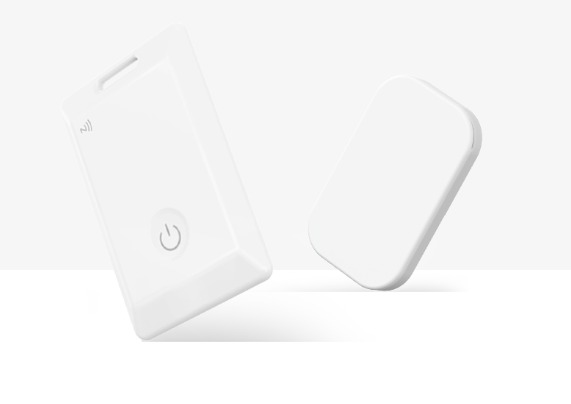Minew has recently launched two new beacon models, the MWC01 and MBT02, a new type of product that is a repeater. These repeaters are designed to scan for beacons and re-transmit the strongest signal, providing a new approach to locating, and a way of extending Bluetooth communication.

The intended use of these repeaters isn’t entirely clear from the Minew website, so here’s an explanation of how they work and their benefits.
Traditional Beacon Systems
In a conventional setup, multiple gateways detect beacons within an area and server-side software uses trilateration to calculate the position of an asset or person. This method often lacks accuracy due to the fluctuating and imprecise nature of Received Signal Strength Indicator (RSSI) measurements.
Bluetooth Direction Finding
Bluetooth Direction Finding was introduced to improve accuracy. It uses the angle of arrival of Bluetooth signals, requiring complex software and specialised hardware. While very effective, this method can be complicated, time consuming and expensive to implement.
The Role of Repeaters
Minew’s new repeaters offer a middle ground between traditional RSSI-based systems and advanced Bluetooth direction finding. Here’s how they work.

Extra fixed Bluetooth beacons are placed throughout the area. The repeaters, attached to moving assets, detect the beacons and send the strongest signal to a single gateway. This reduces the number of gateways needed and allows for the strategic placement of beacons to enhance accuracy where necessary. It is a simpler and more cost-effective solution than Direction Finding implementations.
Additional Uses
Repeater beacons can also function as fixed repeaters to extend the range of a beacon where it’s insufficient. This is particularly useful for sensing and IoT applications, providing extra range and reliability.
Contact Us
Interested in integrating Minew’s repeater beacons into your solutions? Contact us for more information.